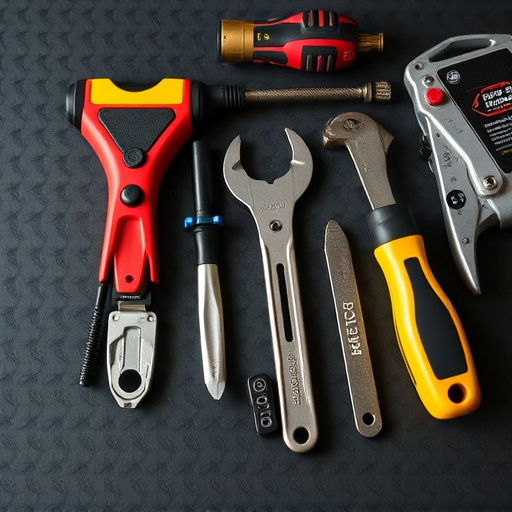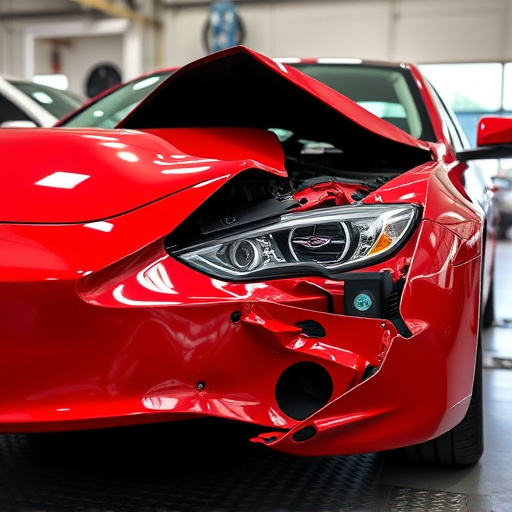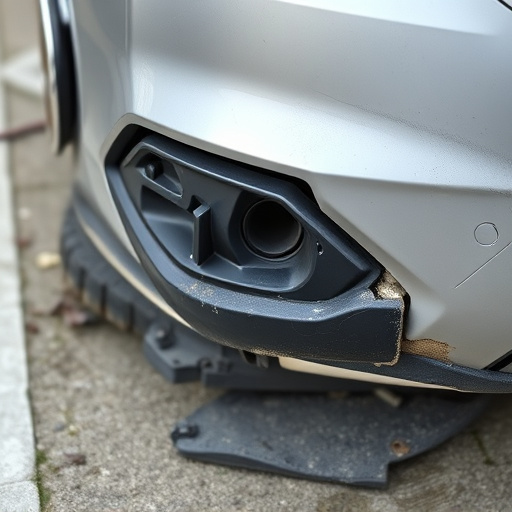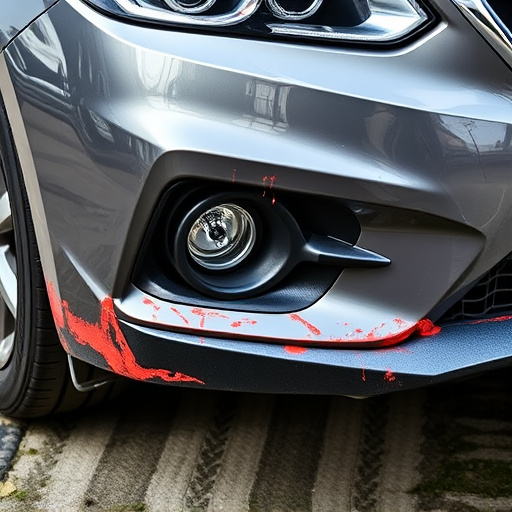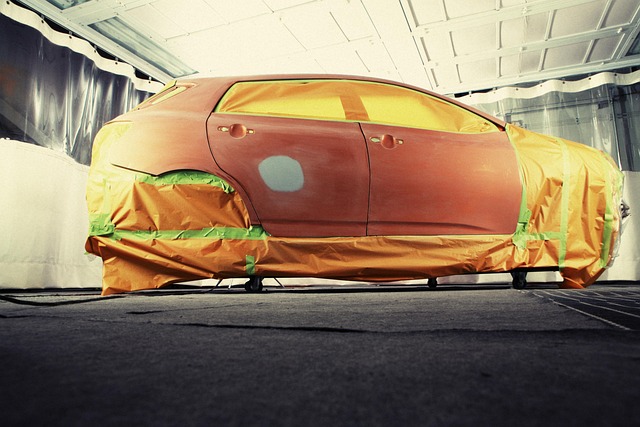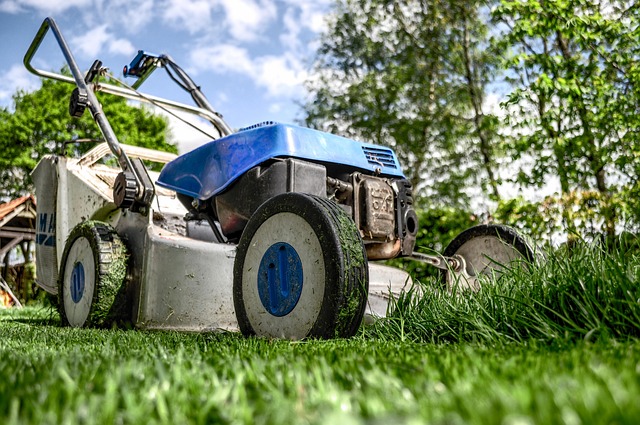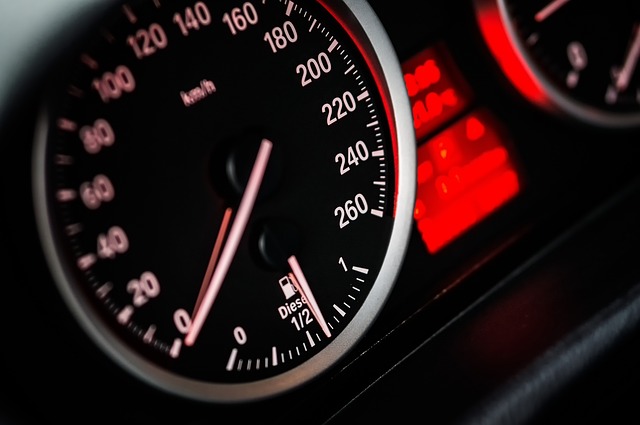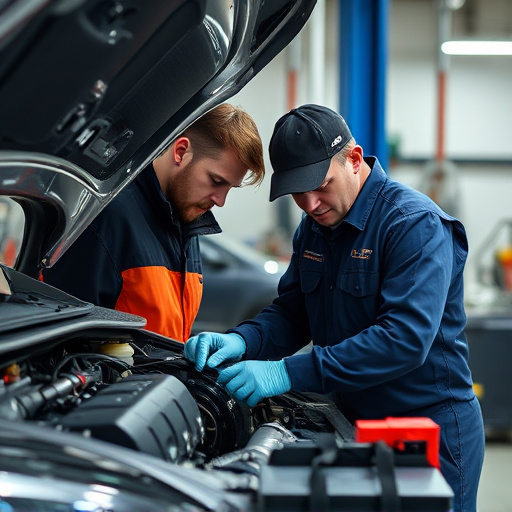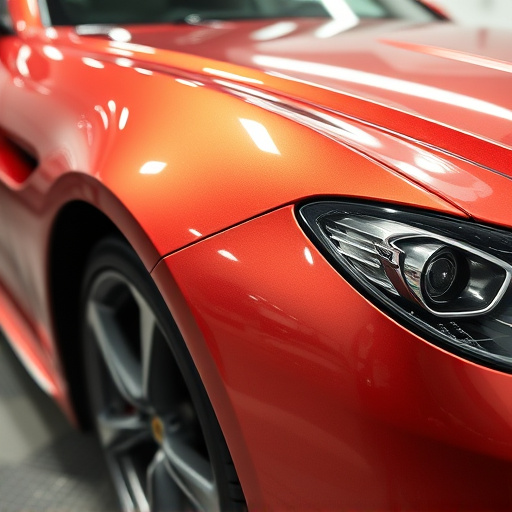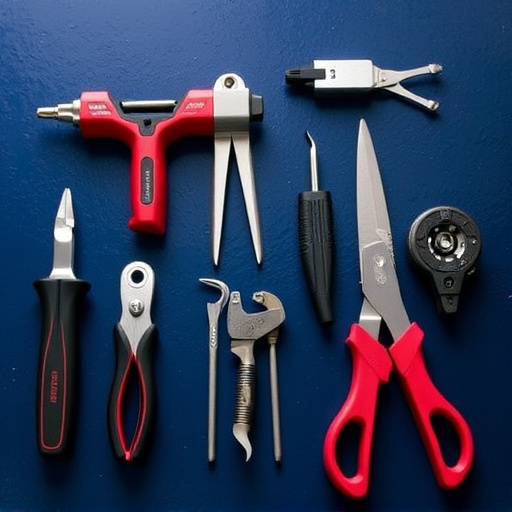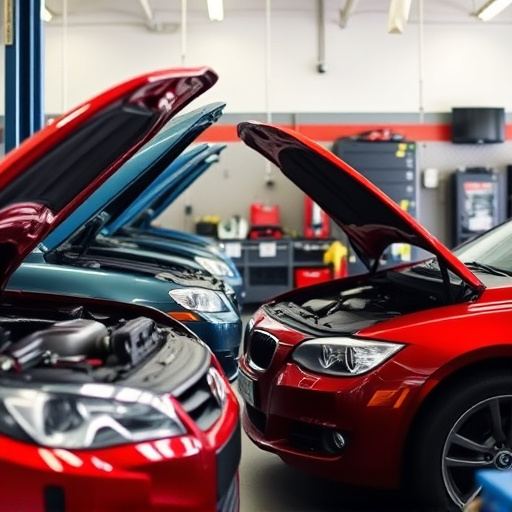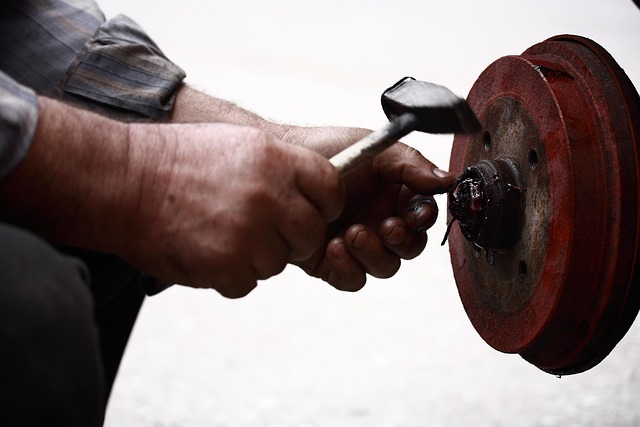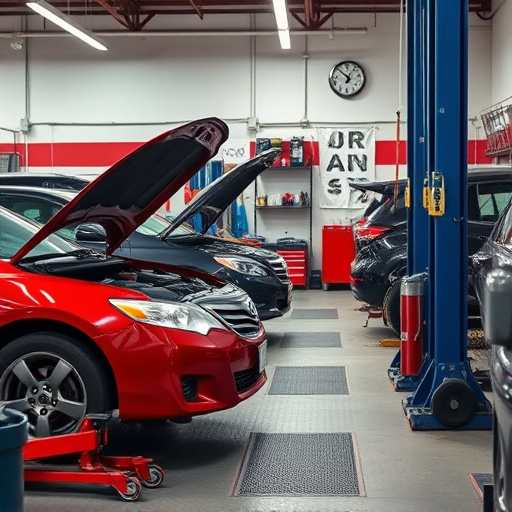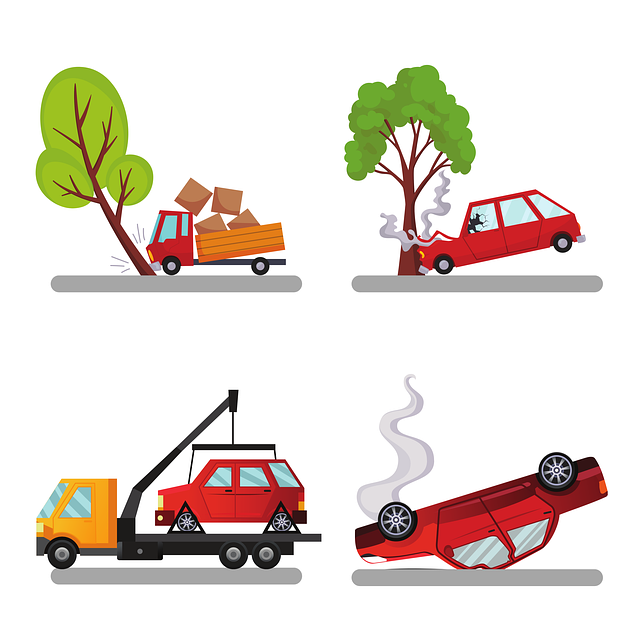Frame rail repair is a critical auto body service addressing structural integrity issues from accidents and wear. Shops use techniques like straightening, welding, and replacing damaged sections to restore original alignment and strength. Proper frame rail repair ensures vehicle safety, handling, and condition for all subsequent repairs and modifications. Structural testing after repair involves advanced equipment to check alignment, fastening, and residual stress, ensuring structural stability and quality. Comprehensive safety measures include detailed inspections, diagnostic tools, load testing, and auto glass repair alignment checks to restore vehicle safety and reliability.
After a frame rail repair, understanding the impact on a vehicle’s structural integrity is crucial. This comprehensive guide explores the essential practice of structural testing, delving into how it assesses the safety and stability of vehicles post-repair. From evaluating load distribution to identifying potential weak points, these methods ensure that repaired frame rails meet rigorous standards. Learn about the critical role of structural testing in restoring peace of mind on the road, focusing primarily on frame rail repair techniques.
- Understanding Frame Rail Repair's Impact on Structure
- The Role of Structural Testing in Post-Repair Assessment
- Comprehensive Methods for Ensuring Safety and Stability
Understanding Frame Rail Repair's Impact on Structure

Frame rail repair is a critical process that significantly influences the structural integrity of a vehicle. The frame rail, essentially the backbone of any car or truck, bears the brunt of accidents and regular wear and tear. When damage occurs, proper repair techniques are essential to ensure the safety and performance of the vehicle moving forward. Neglecting this aspect of car repair services can lead to long-term structural issues, compromising not just the vehicle’s overall condition but also its handling and passenger safety.
Auto body services that specialize in frame rail repair focus on restoring the original alignment and strength of these crucial components. This involves meticulous techniques like straightening, welding, and replacing damaged sections to ensure the vehicle’s structure is as sound as new. Vehicle restoration enthusiasts often emphasize the importance of this process, as it lays the foundation for all subsequent repairs and modifications, ultimately determining the longevity and performance capabilities of the restored vehicle.
The Role of Structural Testing in Post-Repair Assessment

After a frame rail repair, structural testing is an indispensable step to ensure the safety and integrity of the vehicle. It plays a pivotal role in post-repair assessment by confirming that all components have been accurately aligned and fastened, and that no residual stress or weakness remains. This process involves meticulous checks using advanced equipment to measure forces and deformations, ensuring the vehicle can withstand routine driving conditions without compromising its structural stability.
Structural testing goes beyond simple visual inspections, delving into the mechanics of the repair. It includes analyzing critical zones like welds, joints, and bolting mechanisms to guarantee their strength and durability. This thorough evaluation is crucial in the automotive repair industry, as it not only verifies the quality of the frame rail repair but also contributes to the overall safety and reliability of the vehicle body shop’s work, including intricate procedures like vehicle dent repair.
Comprehensive Methods for Ensuring Safety and Stability

After a frame rail repair in an auto body shop, ensuring safety and stability is paramount. Comprehensive methods involve a multi-step process that starts with detailed inspections to identify any remaining structural damage or misalignments. Advanced diagnostic tools are employed to assess the integrity of the frame, including computer-aided measurements and stress analysis software, which help in pinpointing weak spots or areas requiring additional reinforcement.
The next crucial step is load testing, where simulated forces are applied to the repaired rail to mimic real-world conditions. This includes bending, torsion, and compression tests, simulating various driving scenarios. Additionally, auto glass repair and alignment checks are conducted to guarantee that the window components and overall vehicle dynamics are in harmony with the newly repaired frame rail. The ultimate goal is to restore the vehicle’s structural integrity, ensuring a safe and reliable ride, much like an auto repair shop would for any high-quality auto body work.
After completing frame rail repair, thorough structural testing is crucial to ensure the safety and stability of a vehicle. By employing comprehensive testing methods, professionals can accurately assess the impact of the repair, verify structural integrity, and guarantee a vehicle’s readiness for the road. This meticulous process, encompassing both practical knowledge and advanced technology, plays a pivotal role in maintaining optimal performance following frame rail repair.
